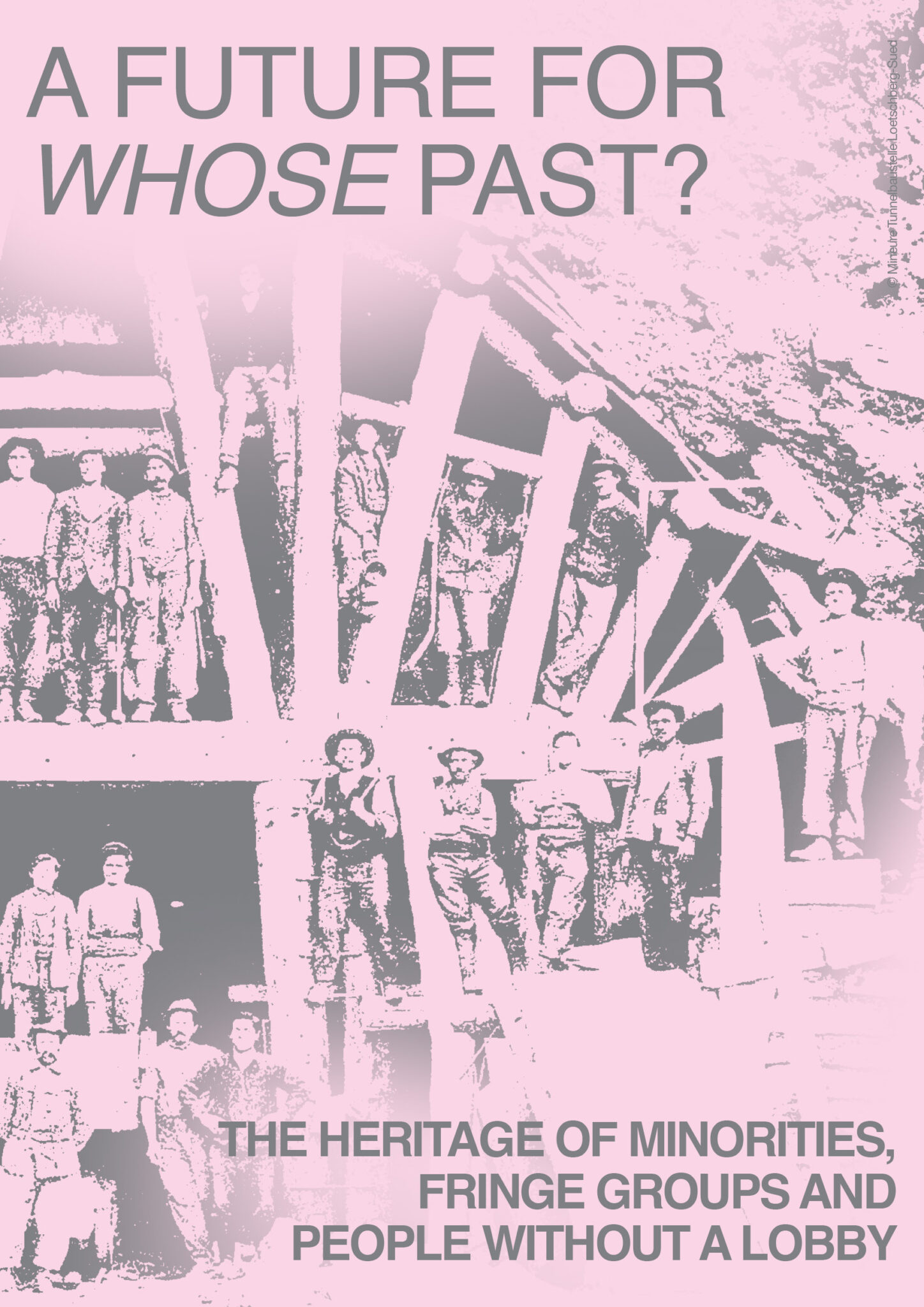A Laboratory of Minorities - The territory of Ticino represents a form of cultural and linguistic minority within the Swiss Confederation: as the only officially monolingual Italian-speaking canton, it embodies a condition of being at the margins of the centre, where the dominant culture is often constructed through dialogue—or tension—with the German- and French-speaking regions.

























